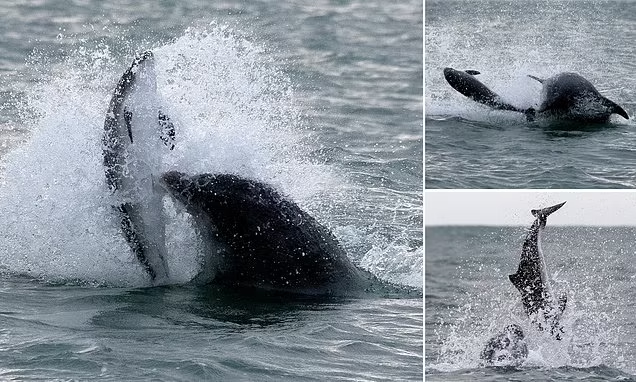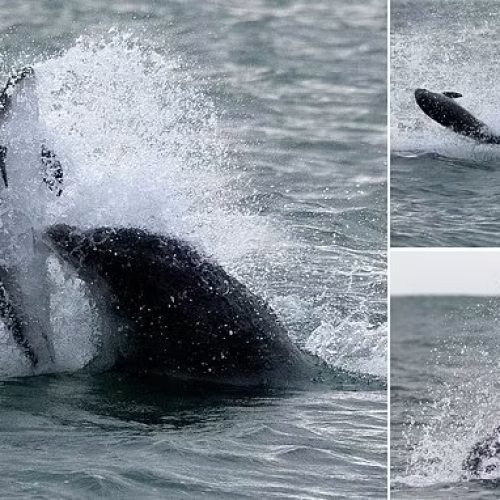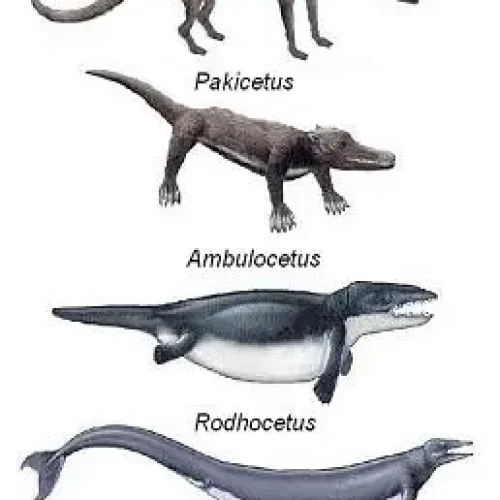In this article
DECODING DOLPHIN EMPATHY: A WINDOW INTO CETACEAN EMOTIONS
The depths of the ocean hold many mysteries, but perhaps none as captivating as the emotional intelligence of dolphins.
These marine mammals have long fascinated researchers and animal lovers alike with their seemingly empathetic behaviors. But do dolphins truly possess empathy comparable to or even surpassing that of humans?
Defining empathy in the animal kingdom
Empathy, the ability to understand and share the feelings of another, is often considered a uniquely human trait.
However, recent studies suggest that various animal species, particularly mammals, exhibit behaviors indicative of empathetic responses.
In the case of dolphins, their complex social structures and highly developed brains provide a foundation for emotional intelligence that rivals that of primates.
Dr. Lori Marino, a neuroscientist and expert in animal behavior, explains, “Dolphins possess von Economo neurons, which are linked to social cognition and empathy in humans.
“Dolphins possess von Economo neurons, which are linked to social cognition and empathy in humans. This neurological similarity suggests a potential for deep emotional understanding.”
You may also like – Why is swimming with dolphins a unique, transformative experience?
Observable empathetic behaviors in dolphins
Dolphins demonstrate a range of behaviors that researchers interpret as signs of empathy:
• Assisting injured pod members: Dolphins have been observed supporting injured or ill companions, helping them surface to breathe.
• Interspecies care: There are documented cases of dolphins aiding other marine species, including humans in distress.
• Cooperative problem-solving: Dolphins work together to overcome challenges, showing an understanding of their peers’ needs and intentions.
• Vocal mimicry: Their ability to imitate sounds may indicate a capacity for emotional mirroring, a key component of empathy.

The science behind dolphin emotional intelligence
Understanding dolphin empathy requires a multidisciplinary approach. Neuroscience, behavioral studies, and cognitive research all contribute to our growing knowledge of cetacean emotional capabilities.
Brain structure and function play a crucial role. The dolphin brain is highly convoluted, with a cortex that rivals human complexity in some areas.
This neurological sophistication allows for advanced cognitive processes, including the potential for empathy.
Research conducted by the Dolphin Communication Project has revealed intricate social networks within dolphin pods, characterized by long-term bonds and cooperative behaviors.
These social structures provide a context in which empathy can develop and flourish.
Vocalization studies offer another window into dolphin emotional intelligence.
Dr. Denise Herzing, founder of the Wild Dolphin Project, has spent decades decoding dolphin communication. Her work suggests that dolphins use signature whistles as names, indicating a level of self-awareness and social recognition that often correlates with empathetic capacity.
While the question of whether dolphin empathy surpasses human empathy remains open, the evidence points to a remarkable emotional depth in these marine mammals.
You may also like – Are dolphins or dogs smarter? Discover the incredible cognitive abilities.
THERAPEUTIC ENCOUNTERS: DOLPHINS AS HEALERS
The notion of dolphins as aquatic therapists has captivated our collective imagination for decades.
From heartwarming tales of miraculous recoveries to scientific scrutiny, the concept of dolphin-assisted therapy (DAT) continues to spark debate and fascination.
Dolphin-assisted therapy: untangling myth from reality
DAT proponents claim a wide range of benefits, from alleviating depression to improving motor skills in children with disabilities. However, the scientific community remains divided on its efficacy.
Dr. Lori Marino, a neuroscientist and expert in animal behavior, argues that “while interactions with dolphins can be enjoyable, there’s no solid evidence that they provide unique therapeutic benefits beyond what could be achieved through other animal-assisted therapies.”
Key points to consider:
• Placebo effect: The novelty and excitement of swimming with dolphins may contribute to perceived improvements.
• Lack of controlled studies: Many DAT claims rely on anecdotal evidence rather than rigorous scientific research.
• Alternative explanations: Benefits attributed to dolphins might stem from being in a warm, aquatic environment or increased physical activity.
Human-dolphin connections: remarkable case studies
Despite the scientific skepticism, numerous accounts describe profound experiences between humans and dolphins.
In 2015, a case study published in “Anthrozoös” documented the journey of a non-verbal child with autism who began speaking after regular dolphin interactions at a marine park in France.
Another notable example involves Philippe Cousteau, grandson of the legendary Jacques Cousteau.
He recounts how swimming with dolphins in the Mediterranean helped him process grief after losing his father. “There was something in their presence,” Cousteau reflects, “a sense of connection that words can’t fully capture.”
You may also like – How intelligent are dolphins?
The ethical dilemma: weighing benefits against costs
The use of dolphins in therapy programs raises significant ethical concerns. Critics argue that confining these highly intelligent, social animals for human benefit is inherently problematic.
Key ethical considerations include:
• Captivity stress: Dolphins in therapy programs often live in artificial environments, potentially impacting their well-being.
• Exploitation concerns: There’s debate about whether using animals for human therapy constitutes a form of exploitation.
• Conservation impact: Some argue that DAT programs may inadvertently promote the capture of wild dolphins, though many facilities now use captive-born animals.
Dr. Karsten Brensing, a marine biologist and animal behaviorist, emphasizes the need for a balanced approach: “While we shouldn’t dismiss the potential benefits of human-dolphin interactions, we must prioritize the welfare of these remarkable animals and explore alternatives that don’t require captivity.”
As we grapple with these complex issues, it’s clear that our fascination with dolphins as healers reflects a deeper human desire for connection with the natural world.
Whether or not dolphins possess unique therapeutic abilities, their intelligence and social nature continue to inspire and challenge our understanding of interspecies relationships.
You may also like – How do you know if a dolphin is happy?
COMPARING EMPATHY: DOLPHINS VS HUMANS
Measuring empathy: challenges in cross-species comparisons
Quantifying empathy in any species is a complex task, let alone comparing it across different species. Researchers face several hurdles:
• Defining empathy: The concept itself is multifaceted, encompassing emotional contagion, perspective-taking, and prosocial behavior.
• Observation limitations: Studying dolphins in their natural habitat presents logistical challenges.
• Interpretation bias: Human observers may inadvertently project their own understanding of empathy onto dolphin behaviors.
Despite these obstacles, scientists have made significant strides in understanding dolphin empathy.
Dr. Lori Marino, a neuroscientist and expert in animal behavior, notes, “While we can’t directly measure feelings, we can observe behaviors that suggest empathetic responses in dolphins.”
Unique aspects of dolphin empathy: from altruism to grief
Dolphins exhibit several behaviors that hint at a deep capacity for empathy:
• Altruism: Numerous accounts describe dolphins supporting injured pod members, even pushing them to the surface to breathe.
• Interspecies care: In 2008, a bottlenose dolphin near New Zealand was observed guiding a stranded pygmy sperm whale and her calf back to deeper waters.
• Grief-like behavior: Dolphins have been seen carrying deceased calves for days, suggesting a form of mourning.
• Cooperation: Dolphins frequently engage in cooperative hunting and problem-solving, indicating a strong ability to understand and respond to others’ needs.
The evolutionary perspective: why dolphins may be empathy champions
From an evolutionary standpoint, there are compelling reasons why dolphins might have developed heightened empathy:
1. Social structure: Dolphins live in complex social groups, necessitating advanced communication and emotional understanding.
2. Brain structure: The dolphin brain is highly developed, with areas associated with emotional processing and social cognition.
3. Acoustic communication: Their sophisticated echolocation abilities may allow for a deeper “resonance” with others’ emotional states.
4. Cooperative survival: In the open ocean, empathy and cooperation can mean the difference between life and death.
While it’s challenging to definitively state whether dolphin empathy surpasses human empathy, the evidence points to a remarkable capacity for emotional understanding and response in these marine mammals.








